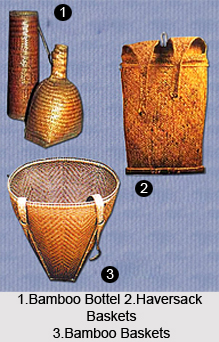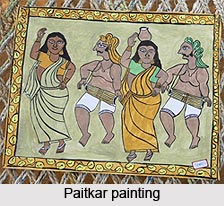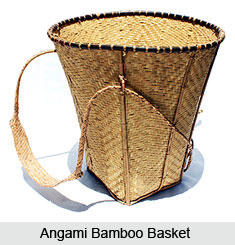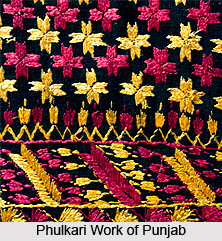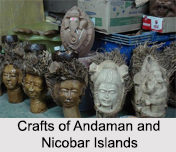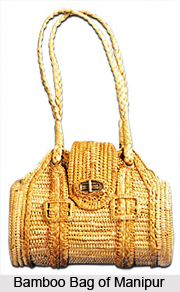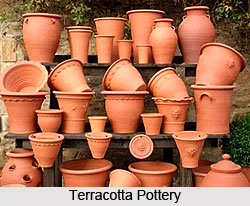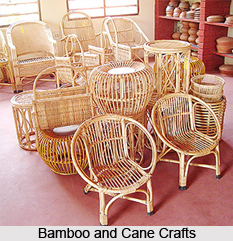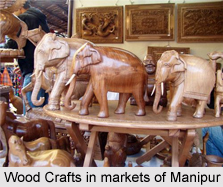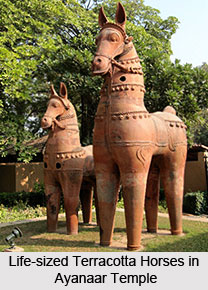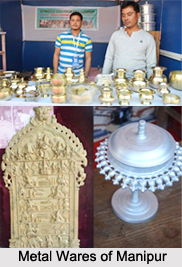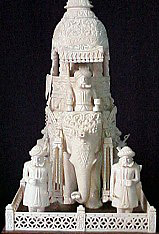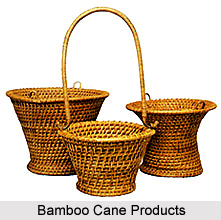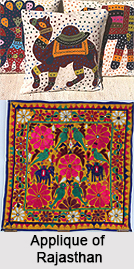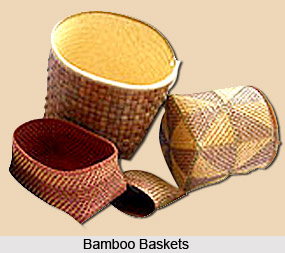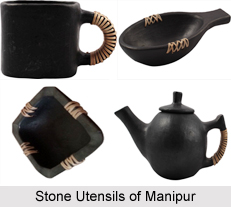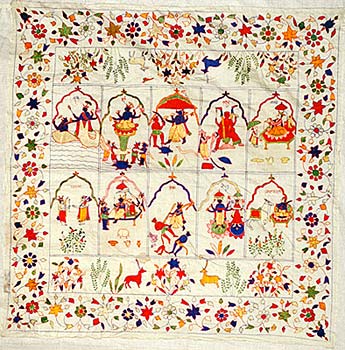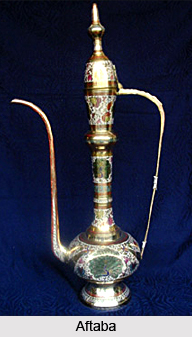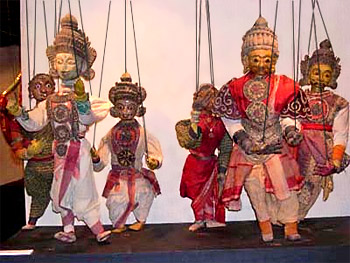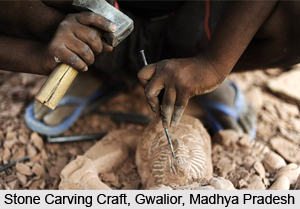 The stone crafts of Madhya Pradesh demonstrate the highly acclaimed tradition of stone carving that commenced in the medieval era with the royal patronage.
The stone crafts of Madhya Pradesh demonstrate the highly acclaimed tradition of stone carving that commenced in the medieval era with the royal patronage.
The basic stone that has been used in most of the stone crafts of Madhya Pradesh is soapstone. This particular stone is used mainly for shaping and carving idols. There are many villages in Bastar which have shrines with stone idols. The villages of Bade Dongar, Chotta Dongar, Dantewada, Narangpal, Bastar, Kondagaon, Chapka and Amravati are well admired for the stone shrines that reflect immense dexterity. The artisans of these areas create idols of tribal gods and goddesses like Budhi Mai, Danteshwai, Khanda Kanalin, Phiranta Mata, Jhitku-Mitki, Banga Ram, Andhar Devi, Sendia Mata, Mavli Devi and Rao Dev. These are the important deities of the tribal people namely the Muria, Mahara and Rawat communities.
The stone crafts of Madhya Pradesh include the usage of different tools like basula, pataasis, guniya, warja, warji and battas. The artisans of Madhya Pradesh create two types of idols viz. tatiya saaj which has two-dimensional relief work and the akshang which is three-dimensional relief work. Meena, the tribals basically from Rajasthan, now residing in Gujarat and Raigarh, create idols of the gods Hanuman, Ganesh and Shiva, and the goddess Parvati that are seen in the parts of western Madhya Pradesh including the gods Pabuji and Tejaji of Rajasthan. These artifacts are found in the districts of Ratlam, Kurkshi and Mandsaur. The popular deities that are stone-crafted include the gods Bijasan, Bhairav, Hardaul, Karas Deo and Hanuman, and the goddesses, Durga, Kali and Bhawani.
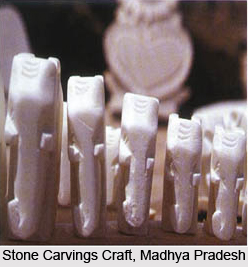 Not only the religious idols but the artisans create items like Mariamaak, as well as paper-weights and pin-stands out of soapstone. The figures of wild animals are also created in Kailaven and Tikamgarh districts. Even the abundance of the soft marble rocks at Bhedaghat near Jabalpur has facilitated the artisans to create decorative objects like figures, carved panels, and boxes with excellent designs. Even the availability of green stone near Balaghat has benefited the craftsmen to make different items out of it. Moreover the tribal people of these areas create utilitarian items like the mortar and pestle, the silbatta(flat stone used for grinding purposes), chabbi, chakkis, handi(vessel used for cooking rice and vegetables), and chakla(platform used for rolling chapattis) out of stone with beautifully carved designs.
Not only the religious idols but the artisans create items like Mariamaak, as well as paper-weights and pin-stands out of soapstone. The figures of wild animals are also created in Kailaven and Tikamgarh districts. Even the abundance of the soft marble rocks at Bhedaghat near Jabalpur has facilitated the artisans to create decorative objects like figures, carved panels, and boxes with excellent designs. Even the availability of green stone near Balaghat has benefited the craftsmen to make different items out of it. Moreover the tribal people of these areas create utilitarian items like the mortar and pestle, the silbatta(flat stone used for grinding purposes), chabbi, chakkis, handi(vessel used for cooking rice and vegetables), and chakla(platform used for rolling chapattis) out of stone with beautifully carved designs.
The rock cut temples of Vidisha, the stone sculptures of the temples of Khajuraho, the monuments of Gwalior and Orchha are exemplary of the distinct artistry of the stone carvers of Madhya Pradesh. As each place has its own style and tradition, the stone carving differs from one another. While Gwalior specializes in jalli (lattice) work, Tikamgarh and Jabalpur are famous for decorative items including human figures and statues of animals.
Singi, Mandsaur, Ratlam, and Narsinghagarh are admired for the excellent stone craft in Madhya Pradesh. The artisans of Ghosipura area of Gwalior has been praised for the dexterous sculptors who are considered as the descendants of Vishwakarma. The tribal communities occupy a separate place in the stone crafts of Madhya Pradesh.
The rich cultural heritage of Madhya Pradesh in combination with the availability of the raw material have played vital role in booming the stone crafts in Madhya Pradesh.
